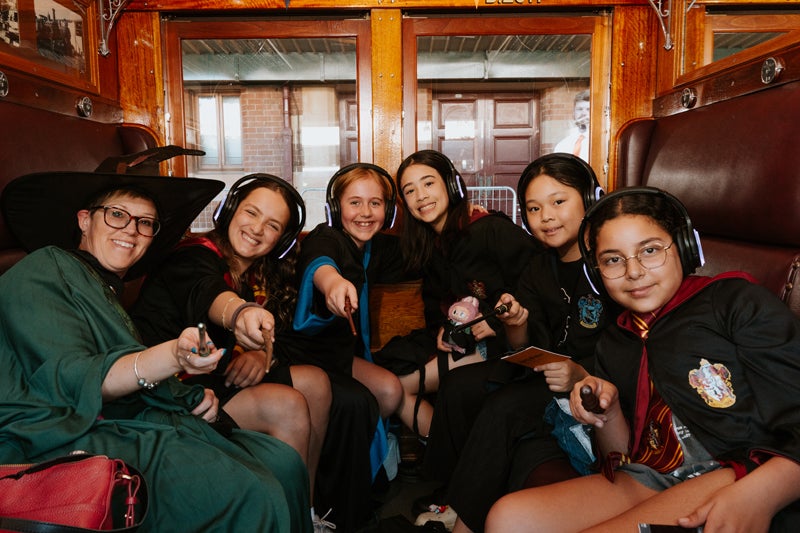Customer loyalty is an incredibly lucrative opportunity for brands, yet marketers still struggle to maximize their relationships with existing customers even though recent research from Forrester shows that 93% of companies have placed customer experience on their list of strategic priorities, with 28% claiming it as their top priority.
 Clearly brands understand the value of each customer, yet there is a disconnect between knowing what customers need and want and the ability to actually deliver in a way that creates an experience that builds long-term loyalty. Recent advances such as runtime modeling, location-based services and the increased use of smartphones as shopping devices have greatly improved marketer’s capabilities to deliver exceptional customer experiences by anticipating customers’ needs in near real time.
Clearly brands understand the value of each customer, yet there is a disconnect between knowing what customers need and want and the ability to actually deliver in a way that creates an experience that builds long-term loyalty. Recent advances such as runtime modeling, location-based services and the increased use of smartphones as shopping devices have greatly improved marketer’s capabilities to deliver exceptional customer experiences by anticipating customers’ needs in near real time.
Lasting loyalty is built on three basic strategies: acquisition, retention and engagement. Here are three commonly missed opportunities and how brands can best address the needs of an increasingly mobile and connected customer to foster loyal and lucrative relationships.
1. Acquisition: Connecting on a customer-by-customer basis
The classic CRM approach of defining segments, setting up automation based on those segments, then watching for certain things to occur and responding is still the right mindset. However, marketers’ models and understanding of non-transactional behavior and the whole context of the customer interaction needs to come into play. It’s no longer good enough to know that someone has bought a particular product in the past. Marketers need to move beyond basic segmentation and start looking at: How do I construct models that I can calculate on the fly? How do I estimate lifetime value or potential? Marketers need to be able to do these things in very short periods of time—in milliseconds as opposed to minutes.
Marketers have a very short window to change the experience for customers, get the right products in front of them, and show what offers might be relevant to that product. Armed with that knowledge, marketers can change the experience on a customer-by-customer basis, adjusting the product, pricing and offer and content that’s relevant to the individual. For example, if you know enough to predict a high lifetime potential for a customer, you should be much more willing to spend more aggressively to acquire that customer—whether through discounts, human follow-up or differentiated service.
2. Retention: Nurturing a higher-value relationship
What are the pathways to higher value relationships? Marketers may be able to identify and correct misallocations of capital around email, direct mail, website, SEM or elsewhere. Yet when a customer is in front of you, engaged right now, how do you best take advantage of that slice of attention you are getting?
In many cases it’s smarter to think in terms of the longer-term customer relationship, instead of focusing on maximizing the immediate transaction to do a better job meeting your customers’ immediate needs. For example, by waiving shipping charges (which reduces revenue but increases customer satisfaction), extending a reward certificate past the cancel date, or sending your tier two support to handle a Twitter complaint (instead of tier one) for an elite customer. Treating elite customers as average is a missed opportunity. Treat these customers differently to gain their loyalty with an eye on the long term relationship.”
While operating in this mindset may mean less revenue in the short term, the revenue brought in over the life of the customer relationship can more than make up for it.
3. Immediate engagement
Marketers need to think about the same things they’ve been thinking about in marketing for a long time, but frame them in a different way. Don’t miss the opportunity to learn more about your customer at interaction points.
We know that 50% to 70% of purchasing decisions are made on the spot, while the customer is standing in a store. So how best can marketers tell when they are there and influence a purchase decision at that very point in time? Mobile applications are getting much better at using geofences to know when a customer is near or inside a location. It’s only a matter of time before customers expect real-time suggestions, coupons, or other notifications during their shopping experience. And when a customer raises their hand and interacts with your mobile app directly, they’re primed to share more information that will let you serve them better, now and down the road.
So if you aren’t actively engaging at these kinds of moments, they become a lost opportunity for cross-selling, upselling, targeted offers, surprise and delights, or any of the other small opportunities that may add up to large changes down the road.
The world is changing to a much more mobile and social-centric view; the way customers interact with brands has changed and very few companies are actually keeping up. The shift to mobile has taken a lot of companies by surprise; mobile has gone through early adopters—early majority and late majority—so fast that everyone, including your grandmother and your five-year old nephew, is interacting via mobile.
Learning to steer customers through all of the various small touch points, to guide them from their current value to their potential value as a customer, is an opportunity marketers can’t afford to miss.
Michael Greenberg is the director of global solutions strategy at TIBCO Loyalty Lab. He can be reached at mgreenbe@tibco.com.



